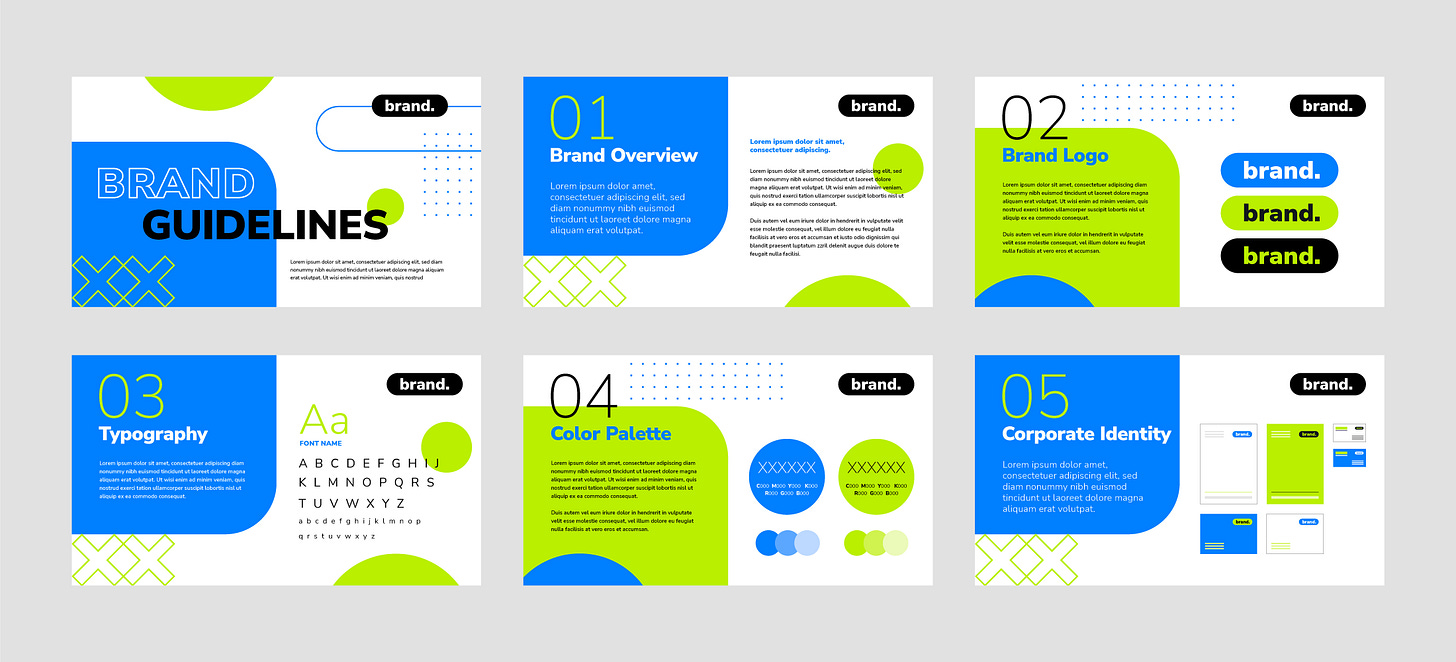
Hi! I am Rei, today I am here to tell you about what my style of pitch deck development is and how it is going to solve your problems. Today, it is either you yourself or your friend is starting up a business and looking for a business partner or seed funding. Instead of trial and error and the myriad of templates presentations available on free to use website, you are still not getting funded. When you share this problem your partners or friends or sometimes mentors would tell you that you haven’t met with the “right” investor or that they don’t see the potential of your company. Here’s my solution, I am writing a substack for you to have a glimpse into decks would have a higher probability of getting the investors to ask the right questions while helping you to identify who is serious and who isn’t. My experience is ………
Sound familiar?
If that is how your pitch sounds like, you might want to try a different approach. Although it loosely follows the outline set out by the Monroe’s Motivated Sequence, I believe (through trial and error) it should be enhanced. If you noticed, the pitch above revolved around ‘What’.
“Hi! I am Rei, today I am here to tell you about what my style of pitch deck development is and how it is going to solve your problems.” (What is it). “Today, it is either you yourself or your friend is starting up a business and looking for a business partner or seed funding.” (What the situation is). Followed by what the problem is and what the solution is. What-oriented pitch decks would generally fall into informative based presentation (whether it is intentional or not). I started noticing some veteran pitch that it was engaging, it got their audience asking “decision-making” related questions instead of “what is this” question. It moves the discussion further along and ultimately moves them closer to sealing the deal.
Incorporating it into your problem statement.
Incorporating ‘how’ into a problem statement (or into the first three steps) will help your pitch to connect to its listeners. When talking about the problem you are trying to solve, try explaining how difficult it is instead of explaining what difficulties your potential users face. For example, “Ever wonder how some startups are raising funds left, right and centre while you go through more potential investors than they do? To the point that you start doubting your business, you ask for their investment deck and the outline looked the same? And yet! They are still getting successes on their pitch while your solution, a great solution, is stunted due to the lack of funding to come up with a MVP.” The essence of this method, is to describe the problem on a more personal level, HOW your users are experiencing the problem instead of a vague statement of what the problem is or how many people are affected.

Simon Sinek once said that corporation in the world talk about themselves. Me, me, me, me, me. Takers, not givers. When you use “What” oriented decks, the focus is on you, the presenter. Just by changing it to “How”, the focus is on the users, the ones who are experiencing the problem, how your solution is meant to make their lives easier. Personally, I feel it speaks to the listeners on a personal level hence making it relatable while all the other details are supporting the reasons to fund your idea. Let’s continue with my example above. I am addressing the issue of pitch deck. I could continue by saying, there were x number of new enterprises registered in Malaysia in 2020. By 2021, more than half are either inactive or closed. Inability to sustain was cited as the top reason for startups closing down.
What if I changed it? You started a company in 2020 with your grant plans and a great innovation and within the year, you’ve met with investors every other day and failed to secure a meaningful funding while burning through your savings in hopes to bring your idea into fruition. One year later, your funds have run out, bills needed to be paid and your prototype is still not out yet. You decide to get a job to pay the bills, ending up spending less time on your idea; delaying its potential success. You will find that more than half of the startups have had similar stories of why they had to put their ideas on hold. Funding is the main issue here. What I have done here is to explain the experience of how it happened in hopes to create a relatable problem with you, the business owners.
Using How First, Followed by What
When you have talked about the problems your target audience faced, you can still use ‘how’ to drive the solutions section of your pitch deck. Having Omni to develop your pitch deck is your solution, it is a one-to-one service, one-off consultation and you can use the pitch deck as you please with no hidden or additional fees. (A summarised version of our solution). Perhaps it could encompass how this is going to help your pitch deck improve. When you start, you will go through your pitch deck with omni’s advisers where information will be identified to be amended or improved by placing more persuasive oriented information and swap out informative based content. Omni’s pitch deck development is a step-by-step approach with you. Once the deck is fully developed, you will work with the adviser on its delivery to ensure that the right message is received while feedback can be reviewed together to resolve any issues you are facing during your pitches.
Solutions section of persuasion should not be like a product on display and hoping that you go through the five steps of buying decision in your head quickly. It can be curated to walk through the process and answer any discontent that may arise. So far, these methods have worked well for me as my clients end up asking me decision-making questions i.e. how many hours would be needed, what are the available payment options, what if they needed improvements on the deck, etc. I believe these are more relevant questions that can arise for my pitch towards my clients.
Of course I am sharing what I think pitch decks should be in order to be more relatable to its intended audience. It has worked well for me in fund raising and in pitching my services. If you like what you’re reading, please subscribe or share to your friend who is starting up a business. Please take everything with a pinch of salt because there is nothing in the world that is 100% guaranteed to work. I too, hope to keep improving my pitch decks and continue to share my experiences with you!



